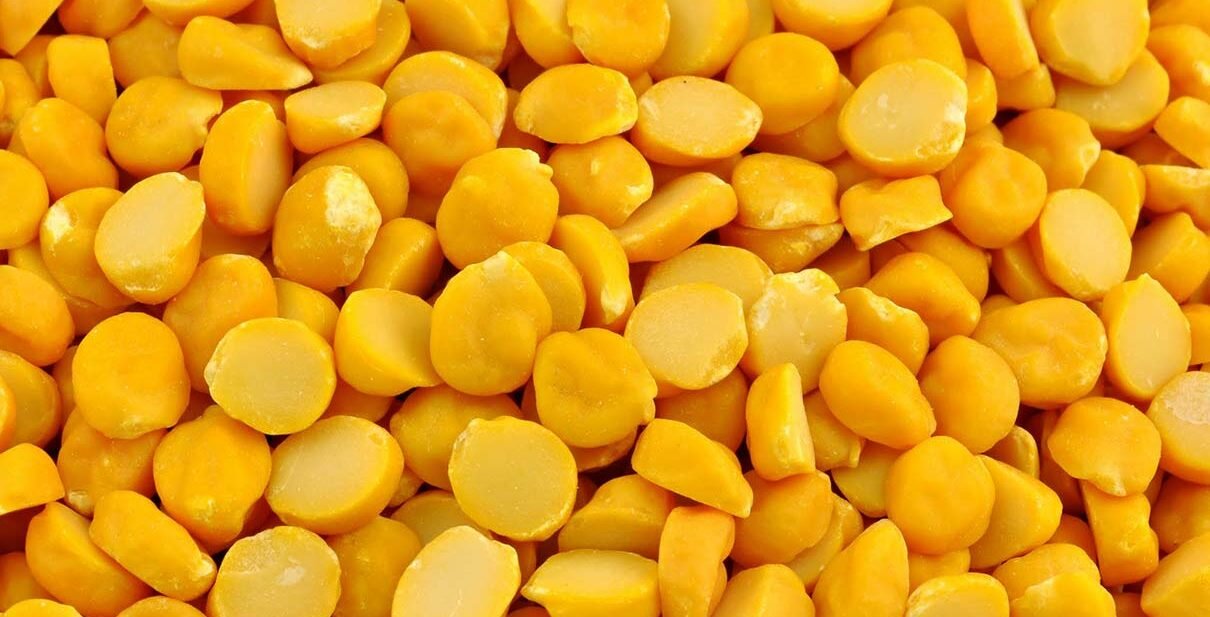- October 7, 2021
- Dals
Regular consumption of pulses has been shown to reduce the risk of non-communicable diseases like heart disease, blood pressure, diabetes and cancer. Dals can be included in our daily diet in a variety of ways. They can be added in salads, soup, desserts and main course.
The phytochemicals, saponins and tannins found in pulses possess antioxidant and anti-carcinogenic effects. This may have significant effects to prevent cancer.
Sprouting dal increases digestibility and nutrition values. This process breaks proteins and carbs into amino acids, starches and sugar making it easy for digestion. Sprouted dals are the superfoods. They are an abundant source of plant-based protein, vitamins and minerals. In Vedas, yogis existed entirely on sprouted dals when they lived in the great Himalayas.
Here you can read about the ways to sprout dals. One of the easiest dals is to sprout moong dal. The same steps can be used to sprout any other dals.
- 1 cup of green moon dal will give you 3 cups of sprouts.
- 3 cups of drinking water for soaking.
- Wash the moong daal 3-4 times till the drain-off runs clear.
- Soak the moong dal in slightly warm water.
- Cover and let it sit for 8 hours or overnight.
- Drain off the excess water.
- Put the wet moong daal in a clean muslin cloth or tea towel.
- Tie the ends into a tight bundle.
- The dals need to be in a compact environment to sprout.
- Make sure they aren’t too spread out. This helps to retain the heat generated by the sprouting process.
- Put in a dark, warm place such as your kitchen drawer.
- Allow them to sit undisturbed for about 8 hours. Check the progress of the dry.
- Moisten the fabric if it has become dry. When the sprouts are about ½” long, they are done.
- Moong daals take about a day or two to sprout.
- Rinse and serve raw in salads or cook as a dry vegetable.



